TRAVEL GUIDE
Explore the stunning beauty of Paracas - the picturesque beach town home to some natural wonders and an array of marine wildlife! Just a short drive from Lima, this charming town offers a perfect blend of relaxation and adventure for all visitors. Here is our 2025 extensive Paracas Peru Travel Guide from how to get there, what to do, and much more!
Paracas, a hidden gem on Peru’s southern coast. This little town is your gateway to some seriously stunning sights, like the Paracas National Reserve, where the desert meets with the ocean, and the Ballestas Islands, known as Peru’s Galapagos due to all kinds of wildlife present. And let’s not forget the Paracas Candelabra, an ancient, mysterious symbol etched into the desert hillside that has puzzled visitors for centuries. Whether you’re looking to chill out on the beach, take a boat trip to see the wildlife, or dive into some local history, Paracas has something for everyone!
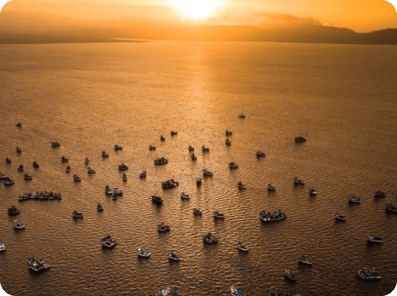
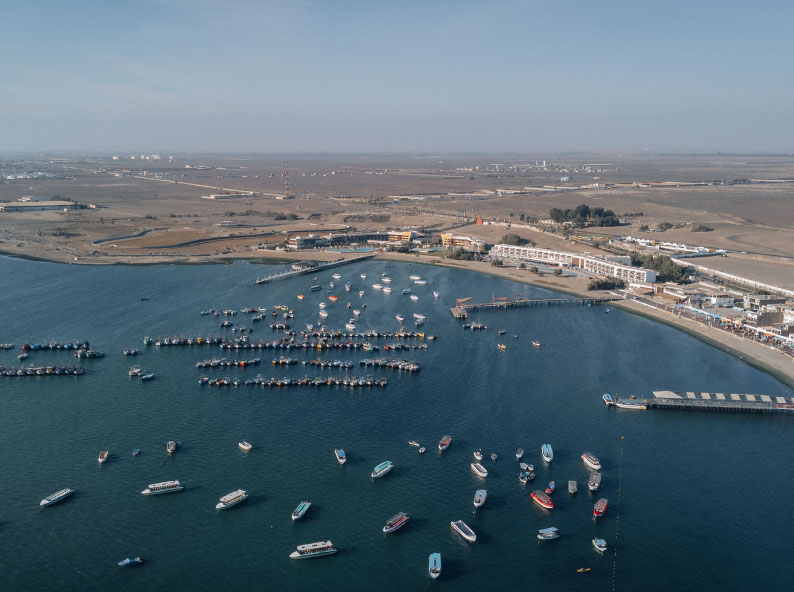
There are two ways to reach Paracas. You could take a public bus, but this often means navigating to bus stations far from tourist spots, dealing with language barriers, and managing extra steps along the way. A more enjoyable and stress-free option? Join Escape from Lima’s Day Trip! Relax, explore, and connect with like-minded travelers while we handle all the details. For more information, check out our Day Trip from Lima and make your visit stress-free.
Paracas dates all the way back to the ancient Paracas civilization, which flourished between 800 BCE and 100 BCE. Known for their intricate textiles and advanced knowledge of medicine, the Paracas people left behind remarkable archaeological finds, including the famous Paracas Necropolis, a burial site with beautifully preserved mummy bundles.
The region also holds significance in Peru’s more recent history. The Paracas Peninsula was the site where General José de San Martín, a key figure in South America’s independence movement, first landed in Peru. Legend has it that the distinctive red and white colors of the Peruvian flag were inspired by the local flamingos he saw upon arrival.
Today, Paracas is a blend of a beautiful marine ecosystem, ancient traditions and modern coastal culture.
Experience all this and more with our Lima Day Trip Experience! Check it out and make your adventure unforgettable.
Paracas enjoys a dry, mild climate year-round, making it an excellent destination anytime. Daytime temperatures typically range between 20°C (68°F) and 27°C (81°F), with cooler nights dropping to around 15°C (59°F).
Rain is rare, but the region can experience coastal mist, known as garúa, especially in the winter months (June to August). For sunniest skies and warmest weather, plan your visit between November and March. Don’t forget sunscreen — it’s sunny even when it feels cool!
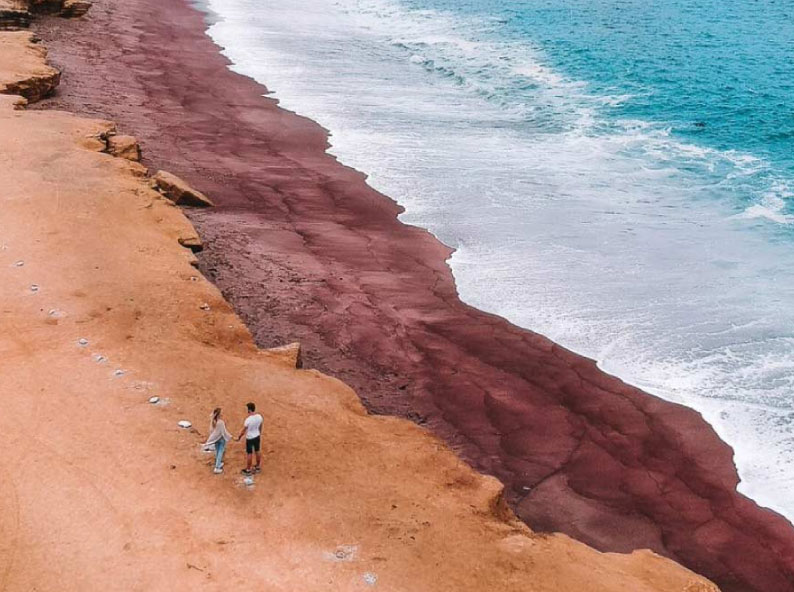
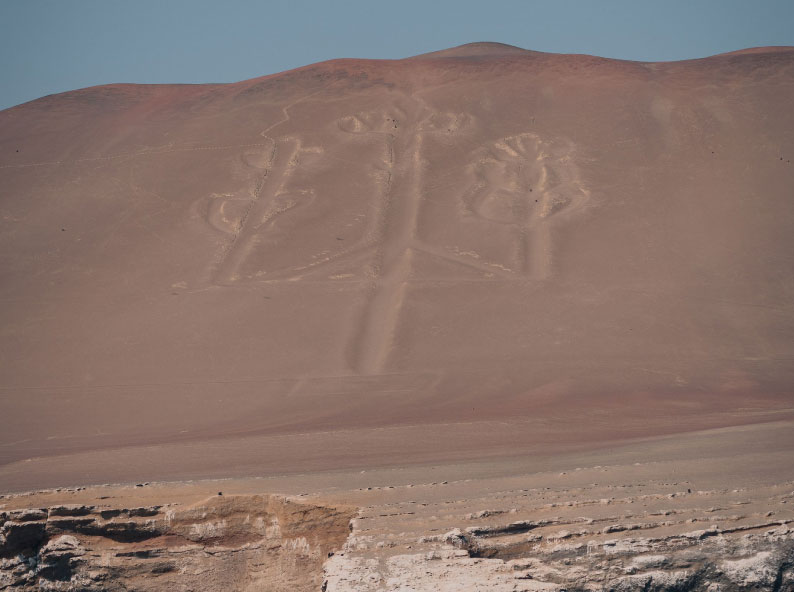
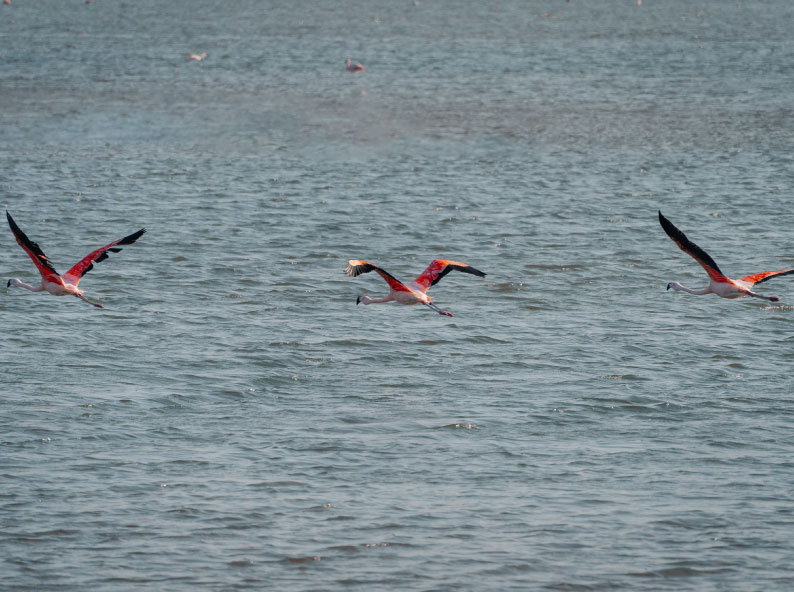
Is Paracas safe for travelers?
Yes, Paracas is considered safe for travelers. However, like with all tourist hotspots, always take standard precautions like securing your belongings and staying aware of your surroundings.
Are there beaches in Paracas?
Yes, Paracas has beautiful beaches, such as the Red Beach and many more within the Paracas National Reserve, perfect for relaxing and enjoying the scenery.
What wildlife can I see in Paracas?
Wildlife highlights include sea lions, Humboldt penguins, flamingos, and a variety of seabirds, especially during a Ballestas Islands tour.